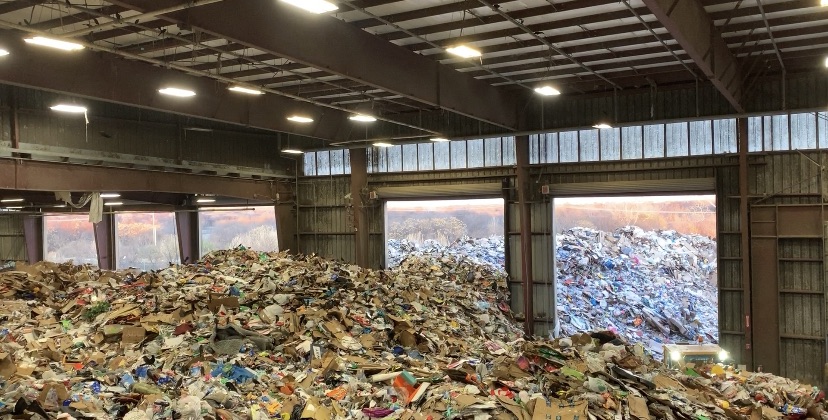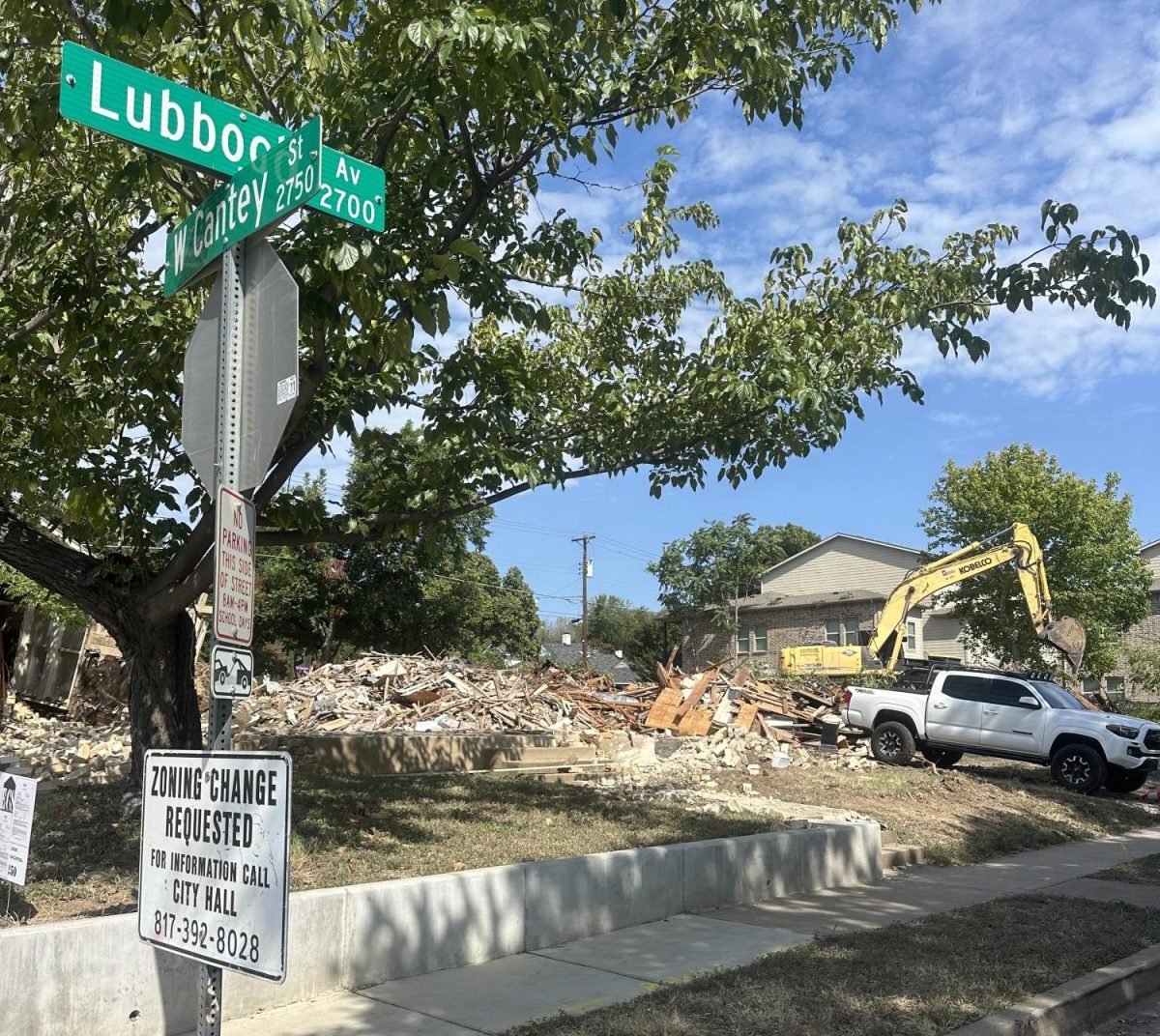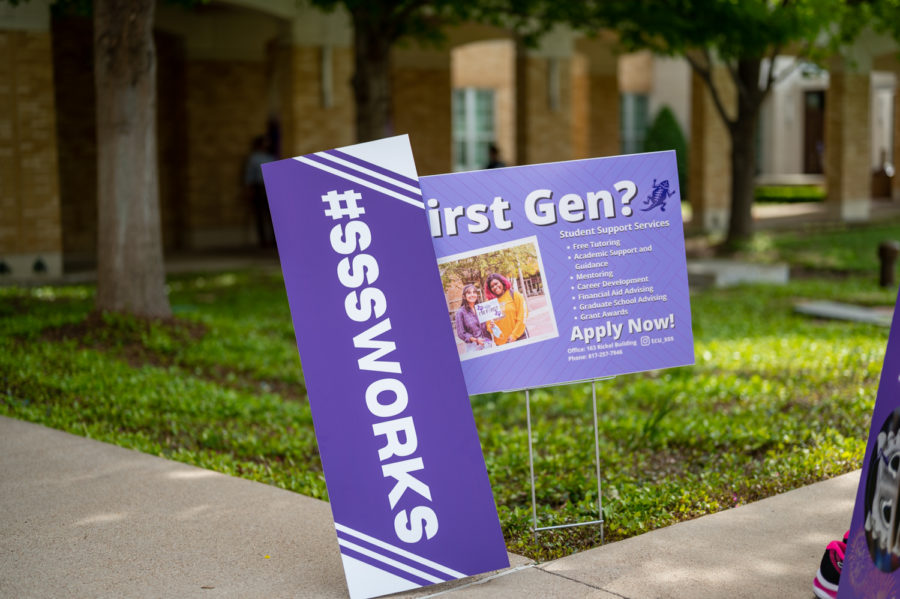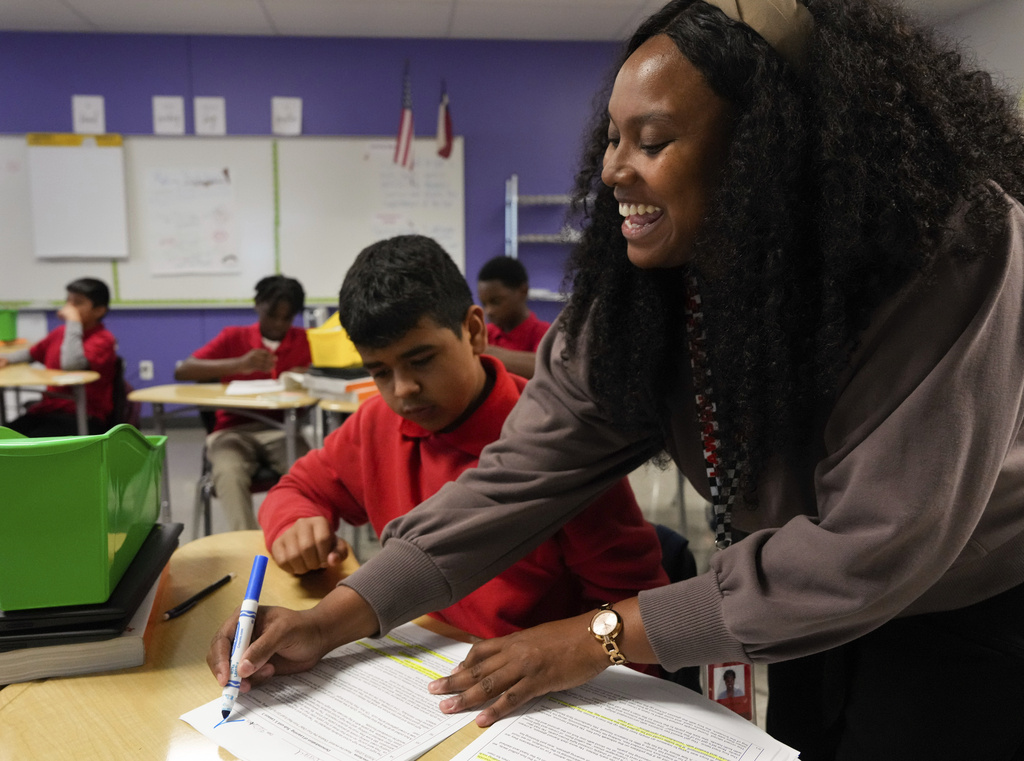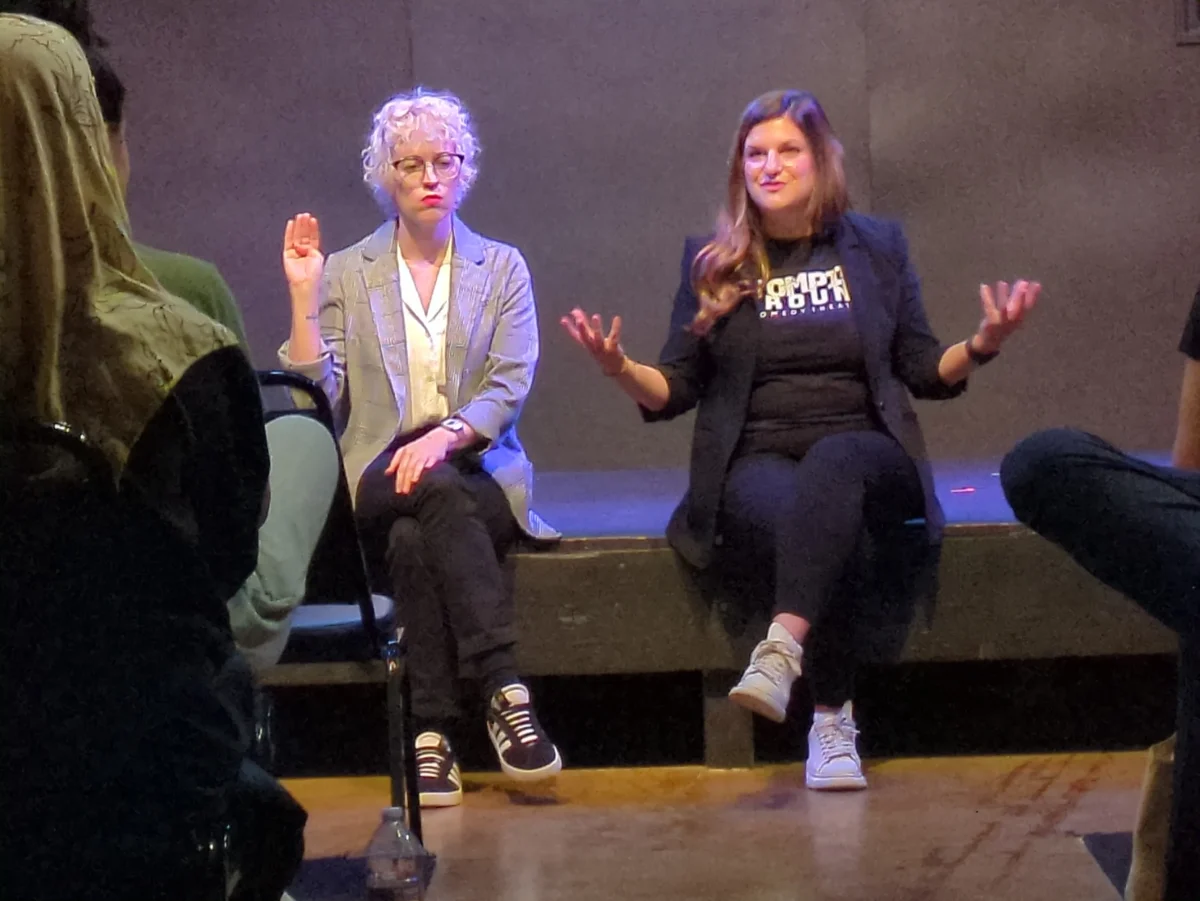A policy China enacted in 2018 changed the dynamics of recycling on a global and national scale, even affecting local communities.
With the “National Sword” policy, China banned the import of 24 types of “contaminated” materials, such as plastics and paper products. Now, only high-grade materials, such as cardboard and newsprint that meet a 99.5% purity standard can be exported.
The U.S. was one of China’s largest exporters, sending over 70% of its plastic waste to China in 2017, according to the U.S. Census Bureau data by Unearthed.
The policy originated as an effort to lower the amount of contaminated waste that was overflowing from Chinese processing facilities. The majority of waste came from plastics contaminated with food or non-recyclable products.
In 2018, the number of plastics received by China dropped 99.1% compared to the previous year. As a result, countries in Southeast Asia have increased the number of imports they receive per year. According to Resource Recycling, in 2018, Thailand imported 1.2 billion pounds of scrap, triple the amount it received the previous year.
But, these smaller, less-developed countries lack the capacity and resources needed to handle large amounts of material at one time. An overwhelming amount of plastic and paper scrap forced Vietnam to place a four-month hold on imports in 2018.
Before the ban, selling recyclable materials offset processing costs, but now American cities are responsible for the payment of sorting their residential recycled materials, and more waste is ending up in landfills and incinerators, which pollutes the global environment.
In Fort Worth, processing costs have increased due to the demand for cleaner, recyclable materials, which require more labor, equipment and technology. The more contaminated the material, the less monetary value it holds.
The local impact
Western countries began exporting plastics to China in the 1990s because shipping the materials around the world was easier and more economical than processing them at home. Reports from the United Nations Comtrade Database show that 106 million metric tons, about 45%, of plastics, were exported to China over the past 28 years.
Cities in the U.S. now face challenges while trying to adapt to the “National Sword” policy.
“As a consequence…there has been an excess in recyclable materials that supply in the American and global commodity market which has led to deflated commodity prices,” said Robert Smouse, the assistant director of the Solid Waste Services for the City of Fort Worth.
Smouse said the commercial sector faces challenges with participation in the city’s diversion efforts and implementation and expansion of their on-site recycling and diversion programs. The current diversion rate, which reports the amount of waste diverted from landfills and turned into a resource, is around 30%.
Reducing contamination and increasing participation in residential and commercial streams are two broad goals Smouse has for the recycling program.
“The city has established for itself the goal of achieving a 30% residential recycling rate by 2021 and a 40% diversion rate of all of the municipal solid waste by 2023,” Smouse said. The current residential recycling rate stands at about 20%.
The city is working on improving the residential recycling rate through community education and outreach programs. Smouse said these efforts are completed through multiple channels:
- Directly, through recycling cart audits done at the curb prior to the carts being emptied. Educational information is left to help inform specific residents and homes about non-recyclable items found in their carts.
- Educational programs to homeowner and neighborhood associations, Fort Worth ISD and private school presentations and engagements.
- Targeted public events such as Earth Party, America Recycles Day, Cowtown Clean-up, Mayfest and many others and reaching out to businesses to help them increase recycling efforts within their operations and for employee awareness.
- Supporting regional recycling campaign efforts (Know What to Throw), print media, direct homeowner mailers and other social media posts (Keep Fort Worth Beautiful Facebook).
Truth about trash
When Fort Worth’s recycling program began in 1991, only paper and cans were collected in small, 18-gallon totes. In 2003, an automated recycling collection replaced the gallon totes with 64-gallon carts.
In 2012, the city introduced curbside recycling. Residents were incentivized by Recyclebank, which rewarded points for gift cards, coupons and discounts at local establishments based on the weight of citywide weekly recycling collections.
Currently, about 550 tons of material are collected during the week by the city’s Residential Services Program, which is contracted by Waste Management and brought to Republic Services Material Recovery Facility, where it is sorted and shipped to end-markets to be recycled into new products.
At Republic Services, waste is dumped into a drum feeder, which breaks it apart, spreads it out onto a belt and feeds the material through sorting equipment that separates it by cardboard, paper, metal cans, plastic bottles and jugs.
What doesn’t get sorted by the equipment gets sorted by 23 employees on multiple platforms who physically pull contaminants out of the mix of recycled materials.
“The facility compacts about 70% of the material collected while the other 30% contains residual material which gets sent to a landfill,” said Tony Broadbent, the operations manager of Republic Services.
Recycled material ends in the bio link area, where four employees compress and dress it into presentable bales for selling.
Broadbent said the recycling center normally processes 12,000 tons of recycled material a month. Out of that material, they barrel and ship around 7,000-8,000 tons.
Community efforts
Located at the Fort Worth Botanical Gardens is a self-guided, outdoor demonstration area that shows the ease of composting at home.
The Fort Worth Compost Outpost is a joint project by the Fort Worth Botanic Garden, Fort Worth Park & Recreation, Fort Worth Code Compliance Solid Waste Services, North Central Texas Council of Government and the Texas Commission on Environmental Quality.
Composting is a process of recycling organic material, such as leaves and vegetable scraps, into a rich soil amendment.
Or, as master composter Susan Houston said, “the process of putting brown stuff with green and alternating it so that it breaks down and becomes the best dirt you’ll ever find.”
The brown material is dirt, which is a carbon. The green materials include coffee grounds and leaves, which are nitrogens. Two other components necessary for building compost are air and water.
“We get coffee grounds from companies that do coffee, such as Starbucks,” Houston said. “[Residents] bring their vegetable stuff they collect at home and bring it up every week.”
The site has over 20 compost areas that are maintained every Friday morning. Master gardeners go out and check on the progress of the compost as well as clean up the area around the outpost.
The process of building each compost spot takes about one hour, Houston said. After six weeks, the compost is run through a shredder that turns the compost into a dirt-like material that is used as soil in the Botanical Gardens.
Bill Hall, a master gardener who volunteers at the outpost, said composting is the best way to create sustainability in the community by keeping excess waste out of landfills.
“Even though we’re master gardeners, deep down we’re conservationists,” Hall said. “We’re trying to conserve the environment, in some small way, and keep the landfills a little less full.”

